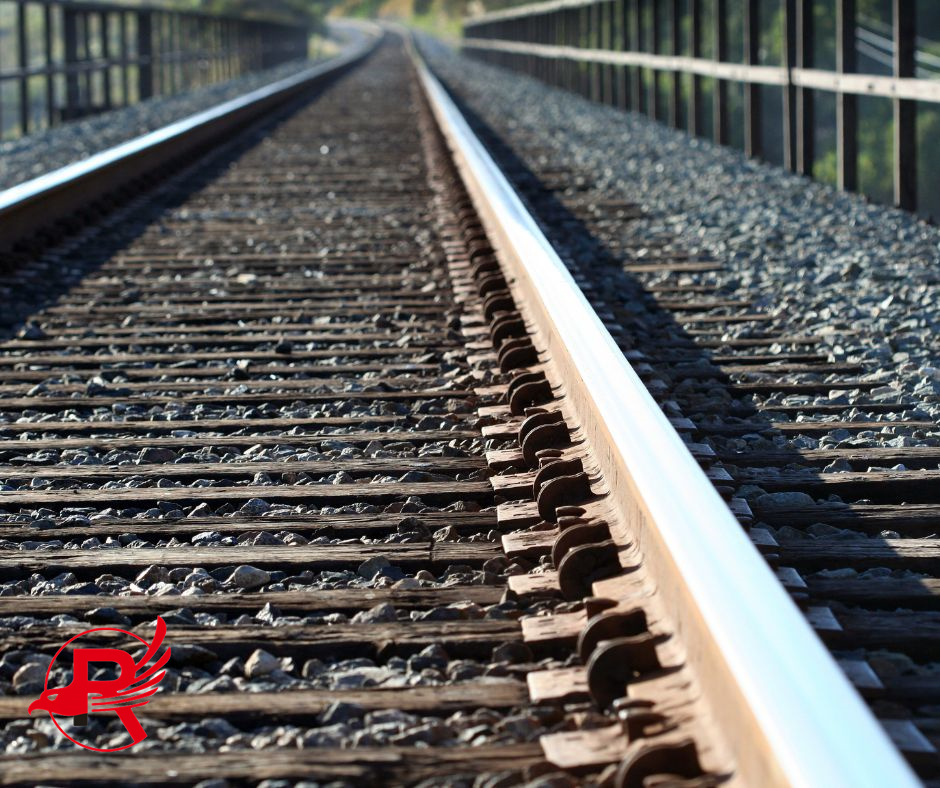Railway is an indispensable infrastructure in railway transportation system, and its important role is reflected in many aspects. First of all, the rail serves as the track on which the train runs, providing a stable driving path. Its high strength and wear resistance enable the rail to withstand the heavy weight of the train and high-speed operation, ensuring the safety and stability of the train. Designed and manufactured in accordance with strict standards, the rails can effectively withstand the effects of various external environments, such as temperature changes, humidity and corrosion, thereby extending their service life.
Secondly, railway plays a guiding and guiding role in transportation. The rail is precisely laid and connected to ensure that the train travels according to the predetermined route and avoids the risk of derailment. This guidance function is especially important for high-speed trains, which can improve the safety and stability of operation. In addition, the design of the rail also considers the dynamic factors of the train, such as acceleration, deceleration, turning, etc., to ensure that the train can run smoothly under various conditions.
The economic benefits of railways are equally significant. Compared with road transport, rail transport consumes less energy per unit and can transport large quantities of goods and passengers over longer distances and more efficiently. This makes steel rails play an important role in modern logistics transportation systems, especially in bulk cargo transportation and urban public transportation. The application of rail can effectively reduce the transportation cost and improve the transportation efficiency.

In terms of environmental protection, the use of steel rails also has a positive significance. Compared with road transport, rail transport produces less carbon emissions and noise pollution, which can effectively reduce the impact of transport on the environment. With the global attention to sustainable development, railway as a green mode of transportation, more and more governments and societies around the world pay attention to and support.
Finally, technological progress and innovation in rail transit are also constantly promoting the development of the transportation industry. The application of new track materials and laying technology has improved the performance and safety of track, and promoted the development of high-speed railway and urban rail transit. These technological advances not only improve transportation efficiency, but also provide more possibilities for future transportation systems.
In short, railways play a vital role in transportation. Its stability, orientation, economic benefit and environmental protection characteristics make it the cornerstone of modern transportation systems. With the continuous progress of technology, railway rail will be more widely used, providing safer and more efficient solutions for people's travel and cargo transportation.
Post time: Oct-16-2024


